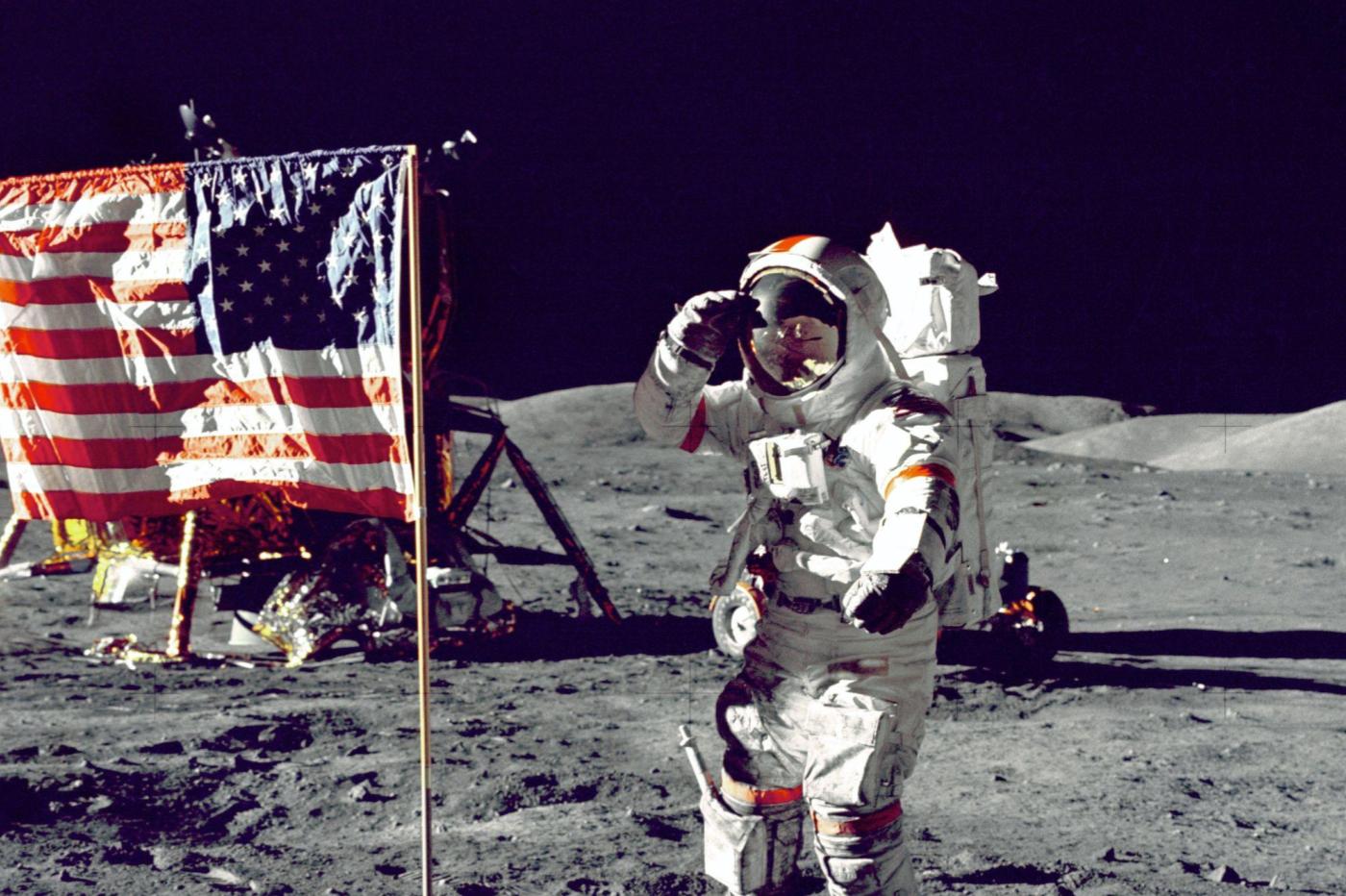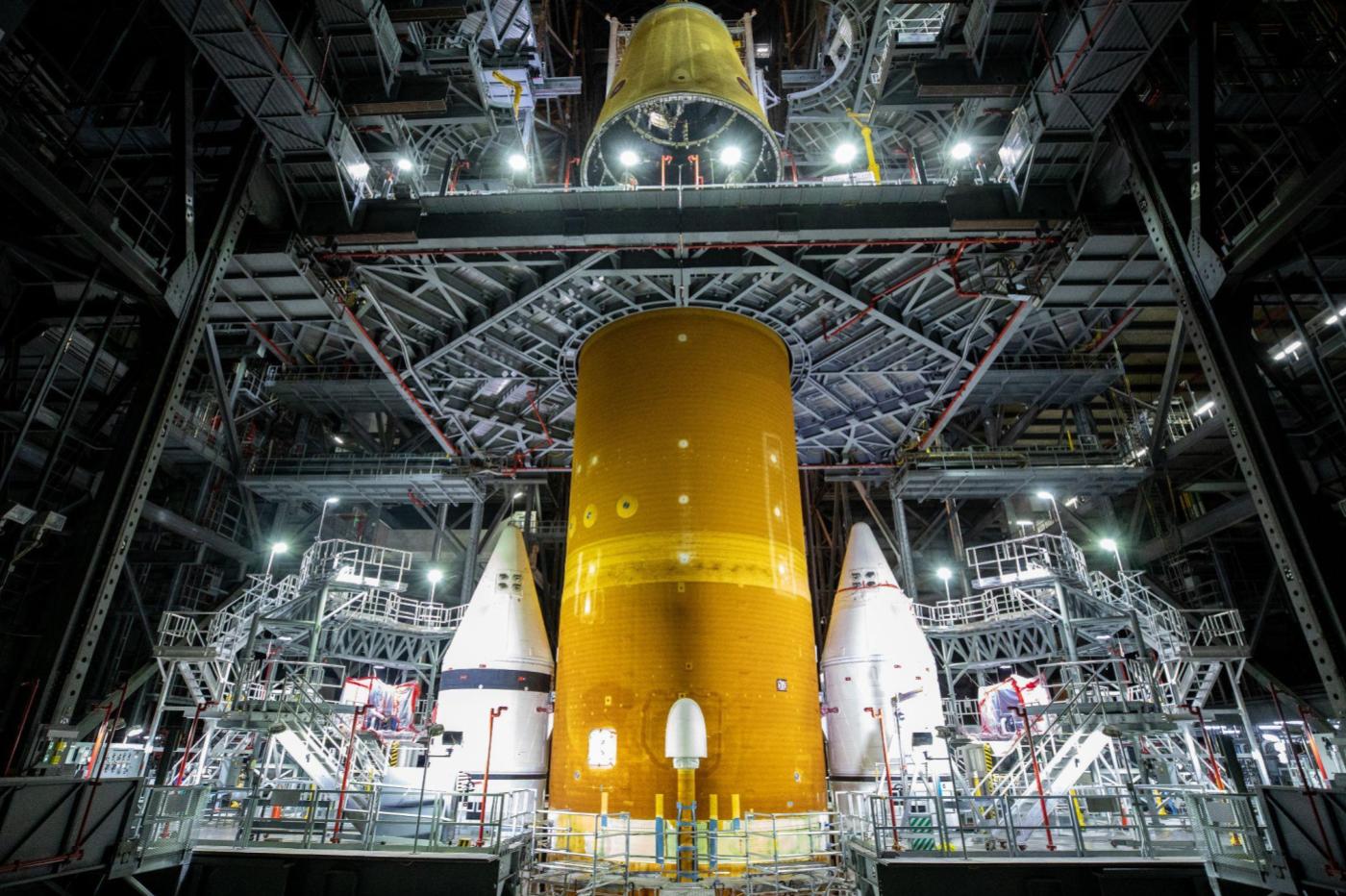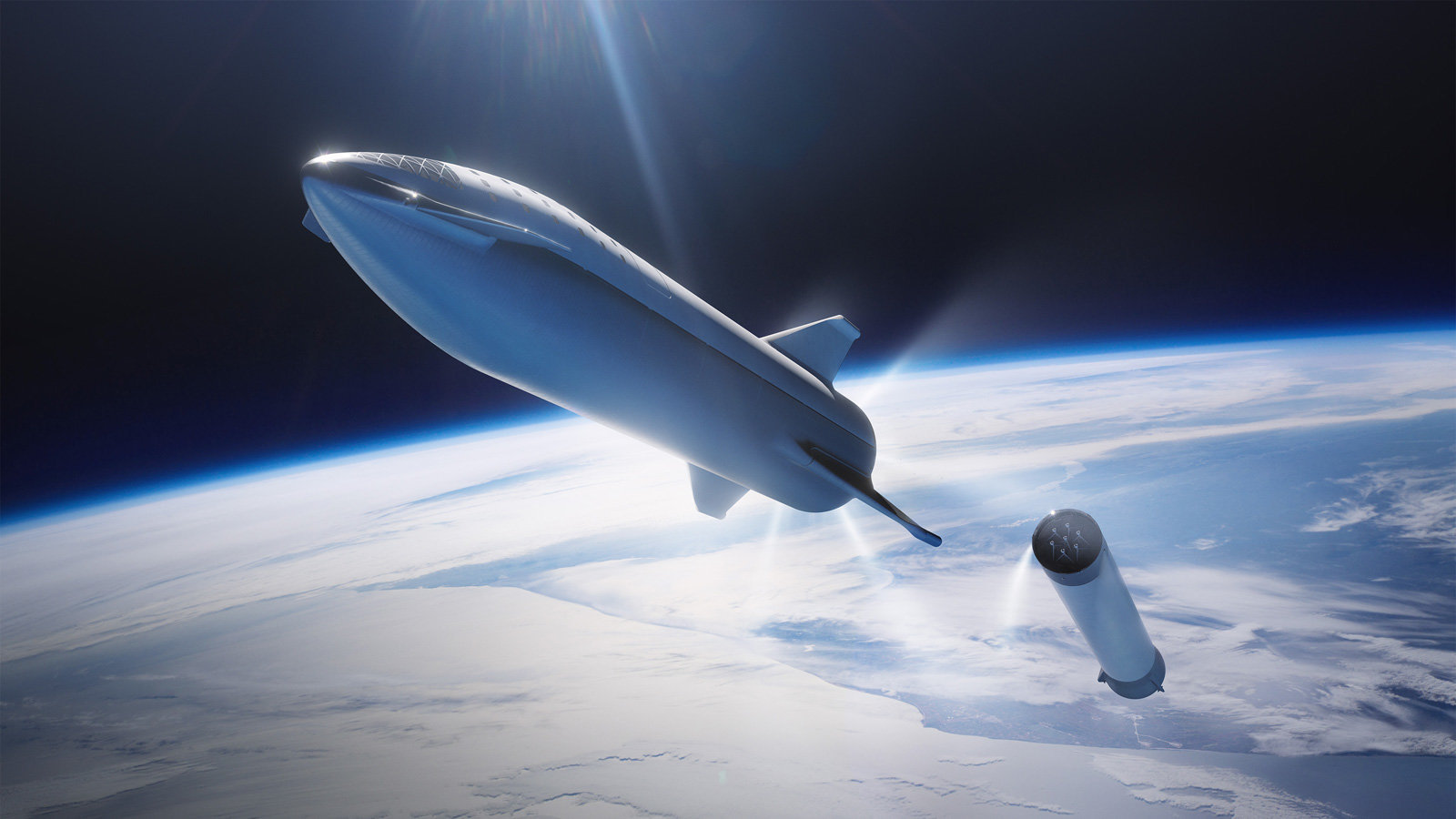
The Artemis 1 mission, which will soon lay the foundations for the Americans’ return to the Moon around 2025, is approaching a critical phase in its test protocol which will condition all of NASA’s next deadlines.
In a press conference relayed by Space.com, NASA finally lifted the veil on the final stages of the Artemis 1 test flight. As you might expect, this one has taken a little delay, but the first deadlines are starting to become clearer for this spring.
Originally, the agency hoped to launch a first test flight of Artemis 1, without crew, as early as April. It now hopes to be able to achieve this in May, but this delay could also be insufficient according to Tom Whitmeyer, co-manager of exploration systems at NASA. “We continue to assess the viability of the May window, but we also recognize that we have a lot of work to do,” he concedes.
NASA remains dependent on the dance of the planets
Indeed, as always in the case of a space and especially interplanetary mission, the launch cannot take place at any time. It is necessary to wait until the optimal conditions are met, in particular the position of the two celestial bodies with respect to each other; we then speak of “window“. This implies launching the device at the right time, with the right speed, and on the right trajectory, otherwise you will have to make corrections that are costly in fuel, and therefore unacceptable from a logistical point of view.

This window is also defined by other ancillary logistics parameters. For example, the Orion capsule runs on solar power, but it can only accumulate 90 minutes of reserve. It is therefore necessary to make sure to carry out the launch at a time when the machine will not spend more than an hour and a half in the shadow of the Earth.
In this specific case, the optimal conditions will not be met before May 7 and May 21. And if it’s not ready in time, the agency will be forced to push that test to the next window; it runs from June 6 to 16. In the event that this is also exceeded, it will again be necessary to wait until the beginning of July.
First tests in near real conditions
NASA therefore hopes to be able to progress quickly so as not to push this deadline too far. From now on, the priority will be to complete the first rehearsal in near real conditions for the Orion capsule. It is she who will be mounted at the top of the Space Launch System launcher. Eventually, it will carry scientific equipment on a short ride around the Moon.
In particular, the engineers will have to tackle a battery of examinations called “wet dress rehersal”. This is a critical step; indeed, it is a test in which the vehicle will also board all the fluids necessary for propulsion. This includes in particular theliquid oxygen and hydrogen.
The objective will be to confirm the tightness and reliability of all the systems that will receive these fluids on board the machine. It will then be necessary to check that all other systems behave as expected under these conditions relatively close to true takeoff. Ideally, NASA hopes to achieve this from next March.

Objective Moon in 2025
If these tests are conclusive, NASA will have passed a crucial milestone for its great return to the Moon. She will then be able to approach her first real test flight serenely. It will also mark the start of preparations for Artemis 2. This second mission, which will send astronauts into orbit of the Moon, will be the last major step before 2025.
It was on this date that those responsible for the Artemis 3 mission finally hope to reach the Moon. But this time, Orion and the SLS will no longer be in the game; the astronauts will embark on board equipment stamped SpaceX, despite the endless legal soap opera which pitted Elon Musk and NASA against Jeff Bezos. It will therefore be necessary to pay particular attention to these tests which will condition the entire schedule of these grandiose missions.



